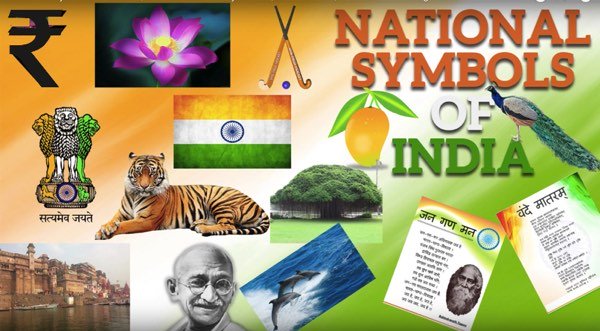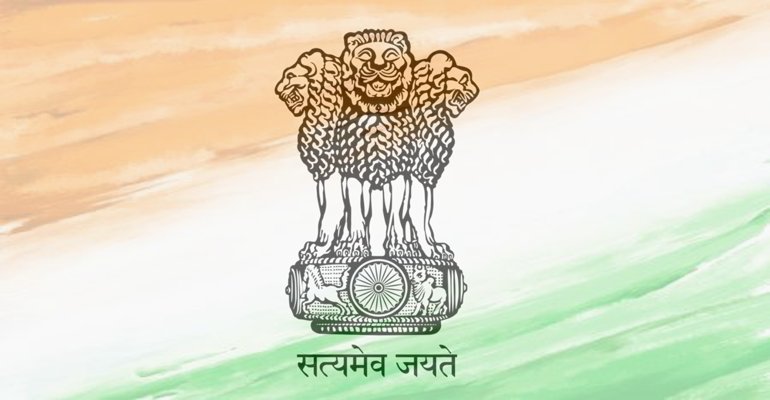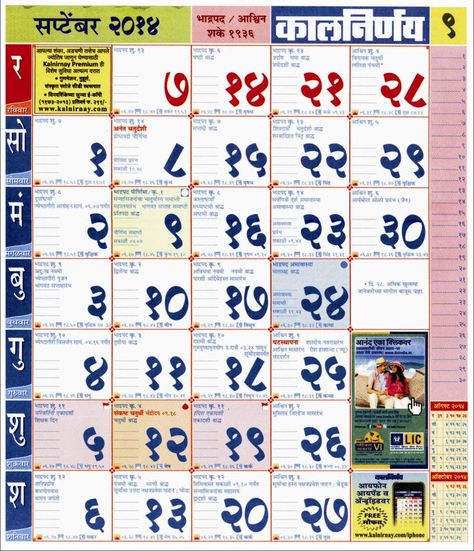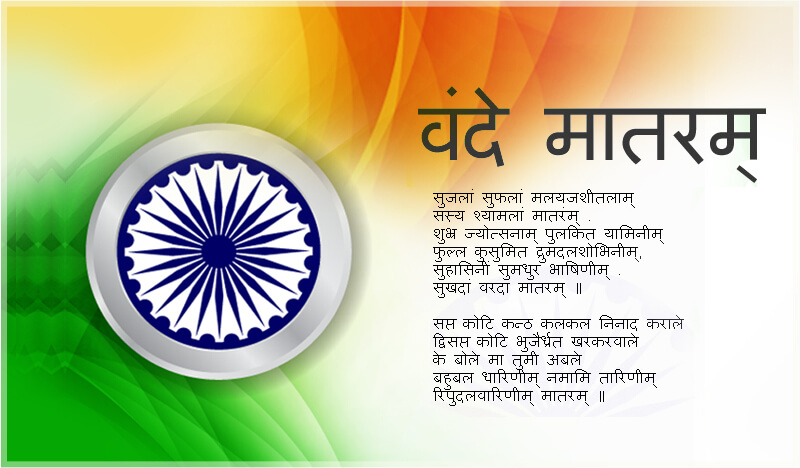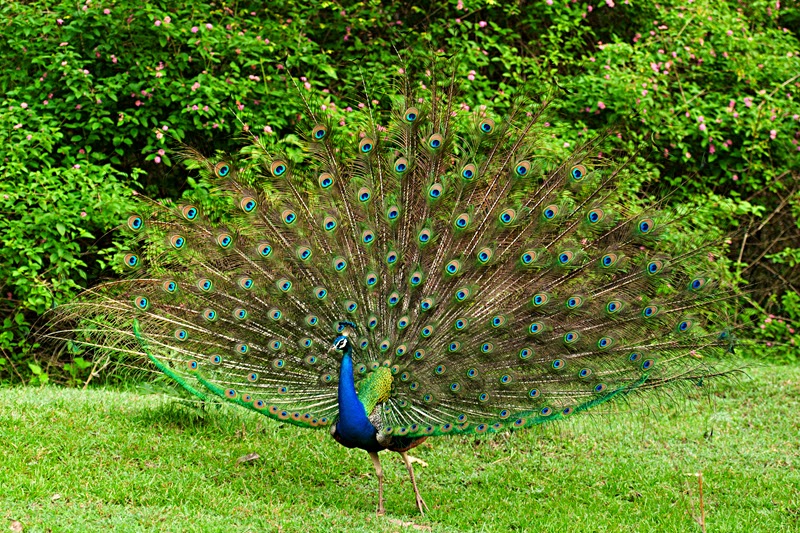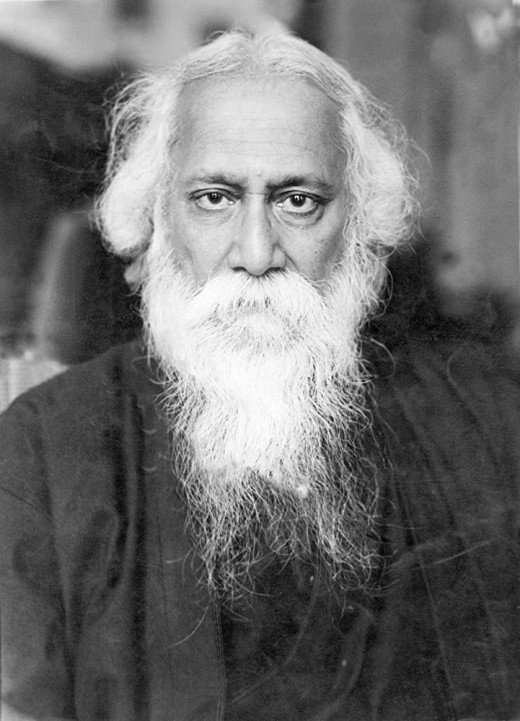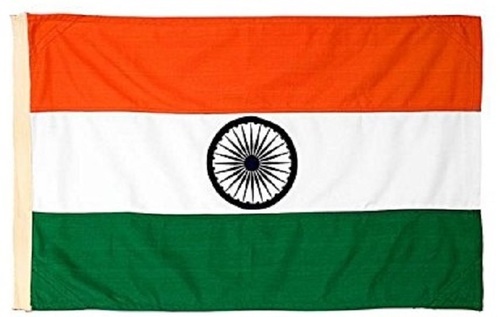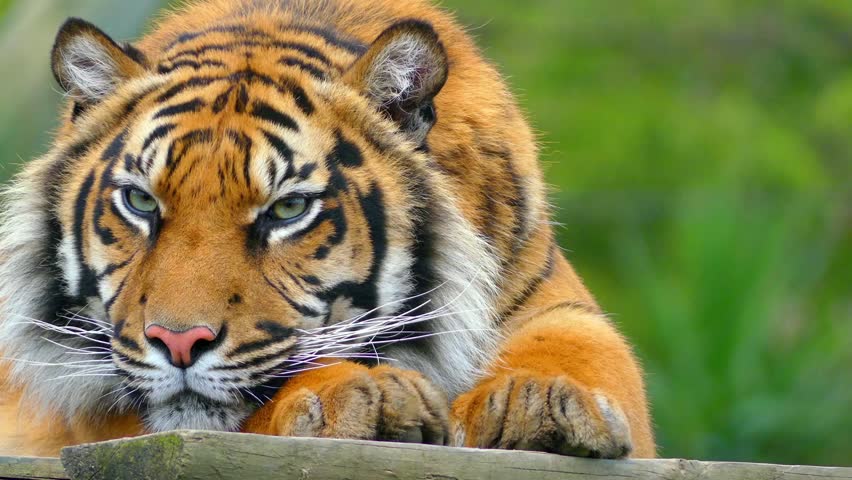- Home
- Culture of India
- National symbols of India
National symbols of India
Updated on 03-09-2022
National Symbols of India:
India is a wonderful country and the national symbols of India have its own meaning and history. The symbols of India are its pride. These symbols belong to various stages of time and history.
Each symbols depict certain virtues and represents India’s identity and Indian heritage to the world. These symbols are decided after careful and thorough scrutiny.
There are different national symbols like the national flag, National Emblem, National Flower, National Bird, National River, National Calendar, National anthem, National Song, National fruit, National animal, National tree and National currency. India from all demographics is proud of its national symbols and which incites a deep sense of pride among the Indians.
National Flag of India
A National Flag is a flag which represents a country. Indian national flag is a rectangular tricolour flag with saffron, White and India green with Ashoka Chakra in the middle with 24 spoke wheel in Navy blue in colour. Saffron colour is at the top and white is in the middle and India green is at the bottom. As India flag consists of three colours it is also known as Tiranga. The Indian flag means a lot of respect and love to the people of India. It means a great pride and honour to people of India. The Indian flag is based on the Swaraj flag which was designed by Pingali Venkayya and was first flown in the year 1923.
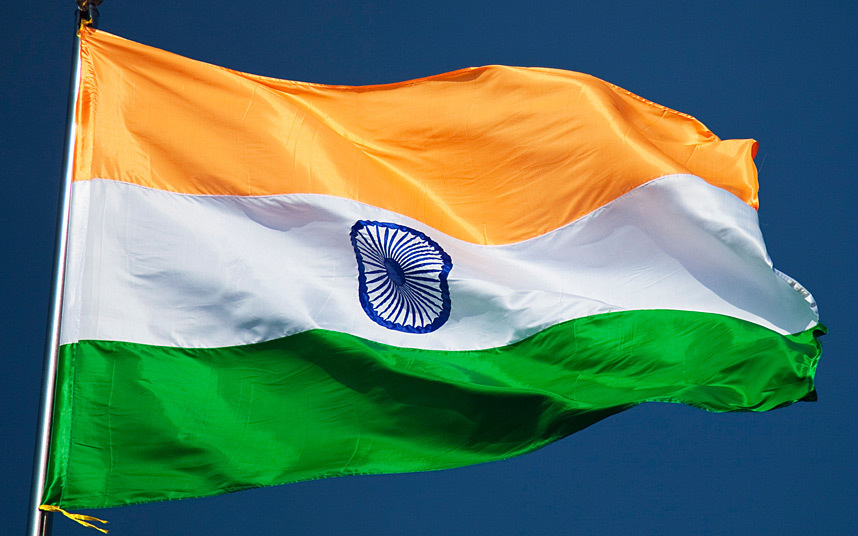
After India got its independence on August 15th, 1947, the same flag was declared as the official flag of independent India. The display of National flag is governed by the Flag code of India and other national emblem.
Earlier the flag code of India did not allow private citizens to use and hoist the flag except on the national days such as Independence Day and Republic. However, after the amendment of the law in 2002, it did allow the citizens to use the flag in a very limited way.
The manufacture of the flag is
governed by the flag code of India, and it says that Indian flag should be in
the ratio of two by three. All the three stripes of the flag colour should be
of equal length and width. The size of the Ashoka chakra is not mentioned in
the code, but the spokes should be of equidistant.
National Emblem of India
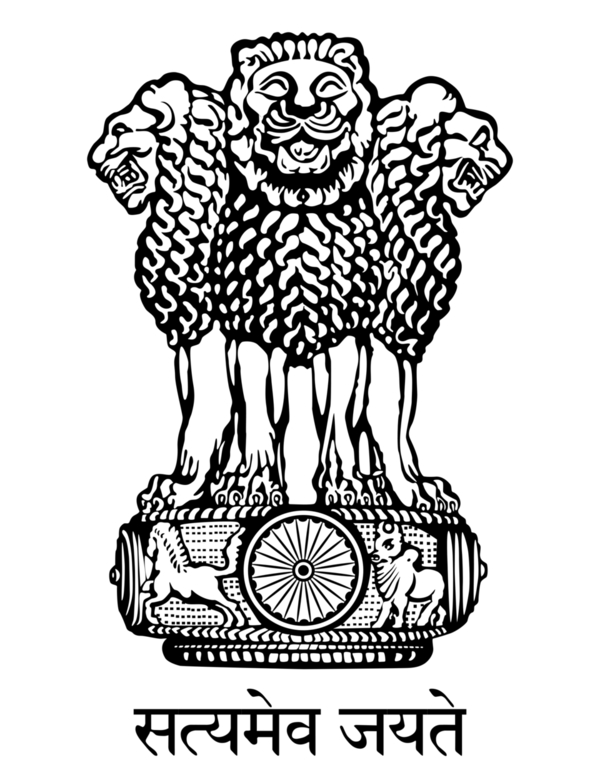
National Emblem of India:
The National emblem of India is taken from the Sarnath Lion Capital which was erected by the King Ashoka of Mauryan Dynasty. The emblem was officially adopted after India got independence in the year 1947.
However, the current version was adopted only after India became republic in the year 1950. The original emblem has four lions standing back-to-back which represents power, courage, pride and confidence.
At the
bottom are the horse and the wheel. The present emblem has three lions and the
fourth one is hidden from the view. The emblem is part of the official government
of India and appears on all official letterheads, Indian Currency and Indian
Passports.
National Anthem of India
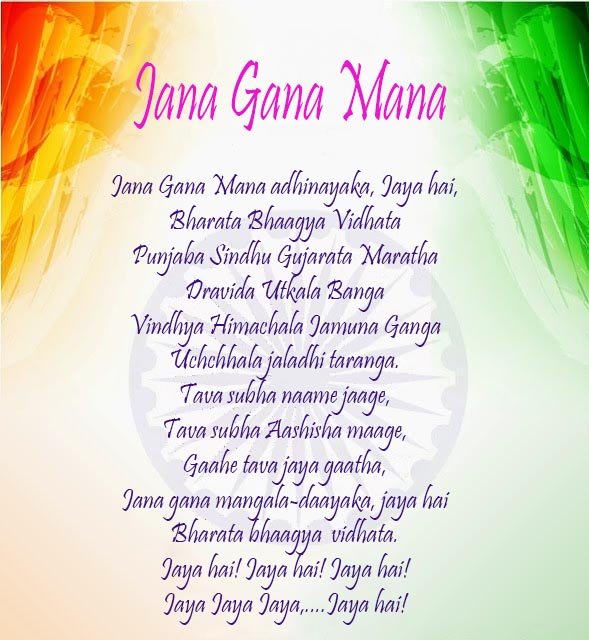
Jana Gana Mana is the national anthem of India which was composed by Rabindranath Tagore. The national anthem was originally composed in Bengali language called as Sadhu Bhasa. The time for playing complete version of the anthem is approximately 52 seconds.
The shorter version takes around 20 seconds. All the countries have National Anthem which is defined as a song of praise, devotion and Patriotism for the country. Jana Gana Mana was officially adopted by the constituent assembly as Indian National Anthem on 24th January 1950.
The National Anthem Jana Gana Mana consists of five stanzas and the first stanza constitutes the full version of the National Anthem. The poem was first sung publicly at the Indian National Congress session held at Kolkata in the year 1911. The National Anthem has a very beautiful and interesting meaning which describes various aspects of Mother India.
National River of India

National River of India:
Ganga is the longest and the sacred river for Hindus in India. It is the National River of India and originates as Bhagirathi River from Gangotri in Himalayas. Ganga River has many tributaries like Yamuna, Gomati, Ghagra, Ghandak, Kosi and many more.
This
longest river of 2525 Km rises in the western Himalayas of the state of
Uttarakand and flows through some important places like Rishikesh, Haridwar,
Kannauj, Kanpur, Prayagraj, Varanasi, Patna, Kolkata and many other places. The
Ganges is now highly polluted river in India. The Ganga Action Plan is a plan
undertaken by Government of India to clean the river, Ganga.
National Song of India
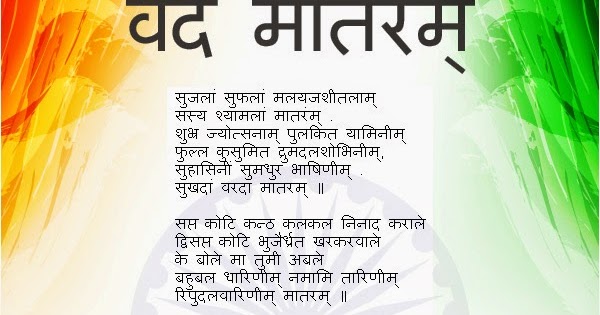
National Song of India:
The National Song of India is Vande Mataram which was composed by Bhakim Chandra Chaterjee in the year 1875. The poem was composed in Sanskrit and was a source of inspiration to freedom Fighters.
The first two versus of the song was adopted as the national song in the year 1950. Rabindranath Tagore sung the song at the Indian National Congress session in the year 1896. In the year 1937, the first two verses were considered as the national song of India by the congress working committee before the end of colonial rule.
The
root word of Vande is Sanskrit word Vand which is stated in Rigveda and other
Vedic texts. Vand means to praise, to celebrate and to salute respectfully.
National Flower of India
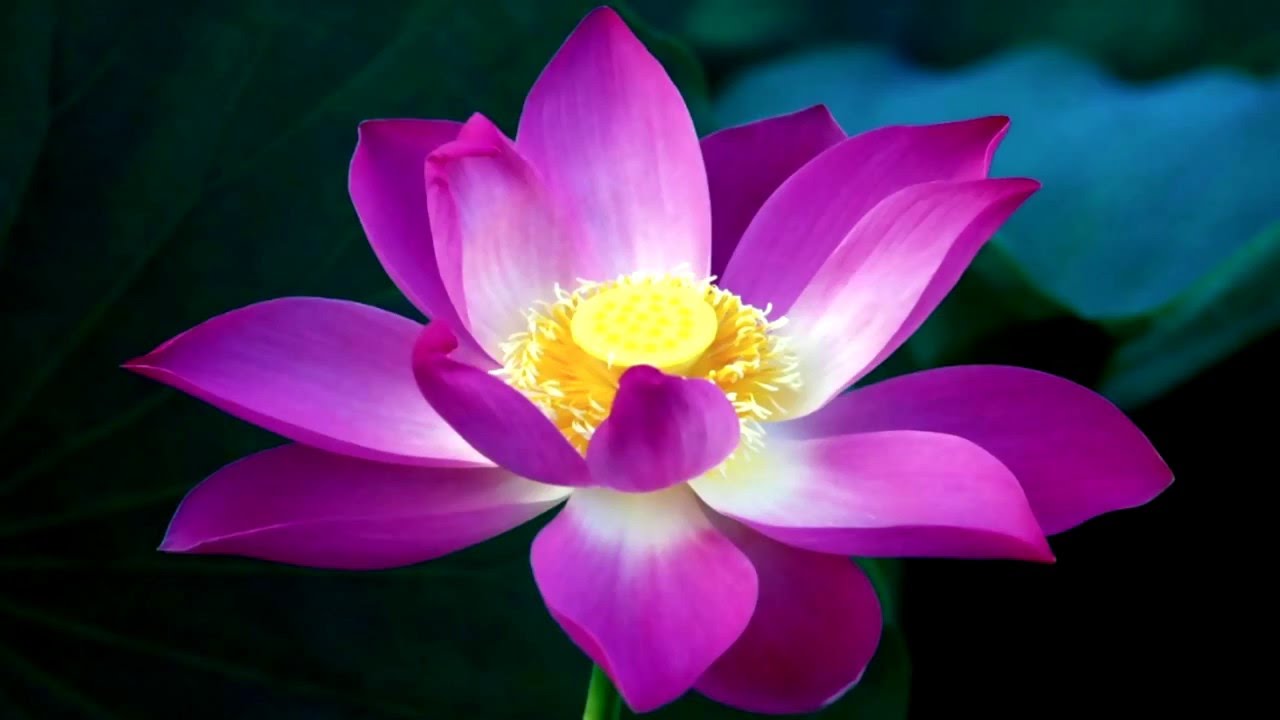
National Flower of India:
Lotus is the National flower of India. Most of the countries have chosen plants to represent particular geographic areas. Indian lotus also known as nelumbo nucifera belongs to aquatic plant family known as Nelumbonaceae. Lotus symbolises spirituality, fruitfulness, wealth and knowledge. India is a country with rich flora all around.
The leaves and the
flowers float above the water whereas the stem in under the water. This
aquatic plant occupies a unique place in the art and mythology of ancient
India. Lotus is often confused with water lilies of genus Nymphaea. An
individual lotus can survive and live for thousands of years. Lotus is one of
the most beautiful aquatic flowers. Young lotus stem is often consumed in
different parts of the world as it contains rich nutrients
National Bird of India
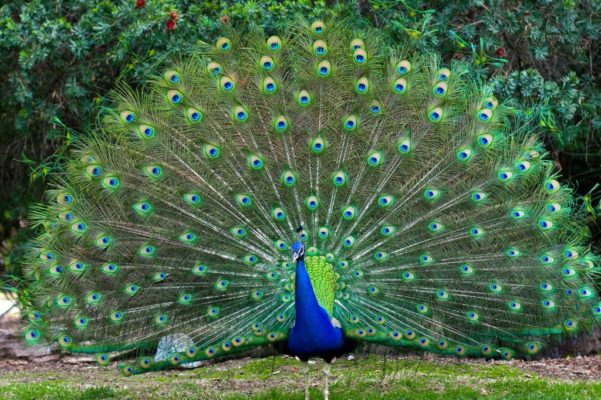
National Bird of India:
Indian Peacock is the National Bird of India. This beautiful bird is very huge and with multi colors makes truly amazing to watch Indian Peacock. The Indian Peafowl is omnivorous and eats seeds, insects, fruits, small mammals and reptiles. On February 1st, 1963, the government of India announced Indian Peacock as the National bird of India.
Indian Peacock is a symbol of grace, beauty, love and joy. Indian peafowl are widely
distributed across South Asia and poaching of peafowl is illegal in India.
Peacock also known as Mayura in Sanskrit has been depicted in temple art, folk
music and poetry. Even many Hindu deities are also represented with Peacock and
also in Buddhist philosophy it represents wisdom.
National Animal of India
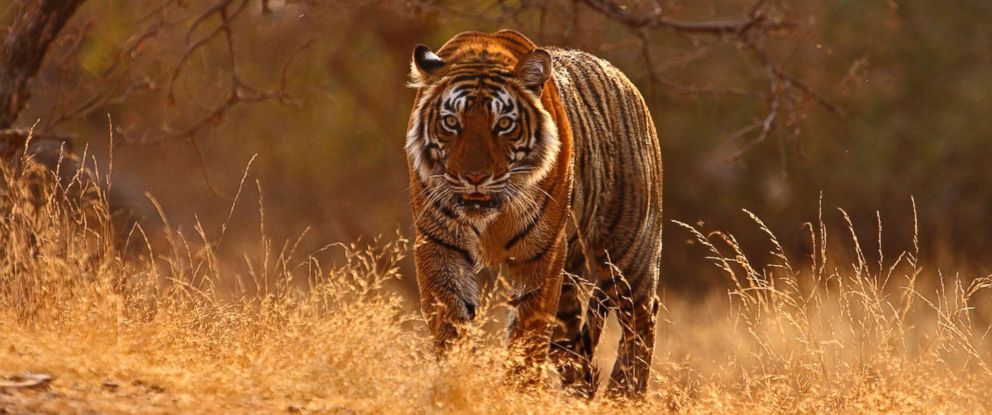
National Animal of India:
The magnificent Royal Bengal tiger also known as Panthers Tigris is the national animal of India. Also known as lord of jungle, tiger is known for grace, strength, agility and enormous power. Bengal tiger is yellow to light orange in colour and is known for its beautiful dark vertical stripes on reddish orange fur and the tail is orange with black rings. Royal Bengal tiger is the biggest wild cats alive today is national animal for both India and Bangladesh.
Tiger is of the most important animal that is displayed on the
Pashupati seal of Indus Valley Civilization. Tiger is a carnivore’s animal and
does hunting of large animals like deer, chital, sambar, wild buffalo etc. for
its survival. The Indian wildlife protection act of 1972 enables government to
take strict against poaching of tiger or any other wild animals. In the year
1973 Project Tiger was launched by Indian government to protect and save the
tiger from extinction.
National Tree of India- National Symbols of India
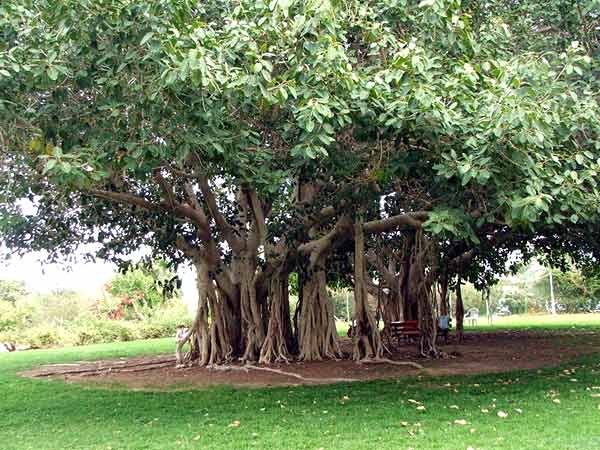
National Tree of India:
Indian Banyan also known as Ficus
bengalensis is the national tree of India. The tree is considered sacred to
Hindus in India and usually temples are built across the tree. The mighty
banyan tree is usually present in rural part of India and provides shade due to
its size. The banyan tree produces propagating roots which grow downwards as
aerial roots (these roots are grown above the ground).
National Currency of India
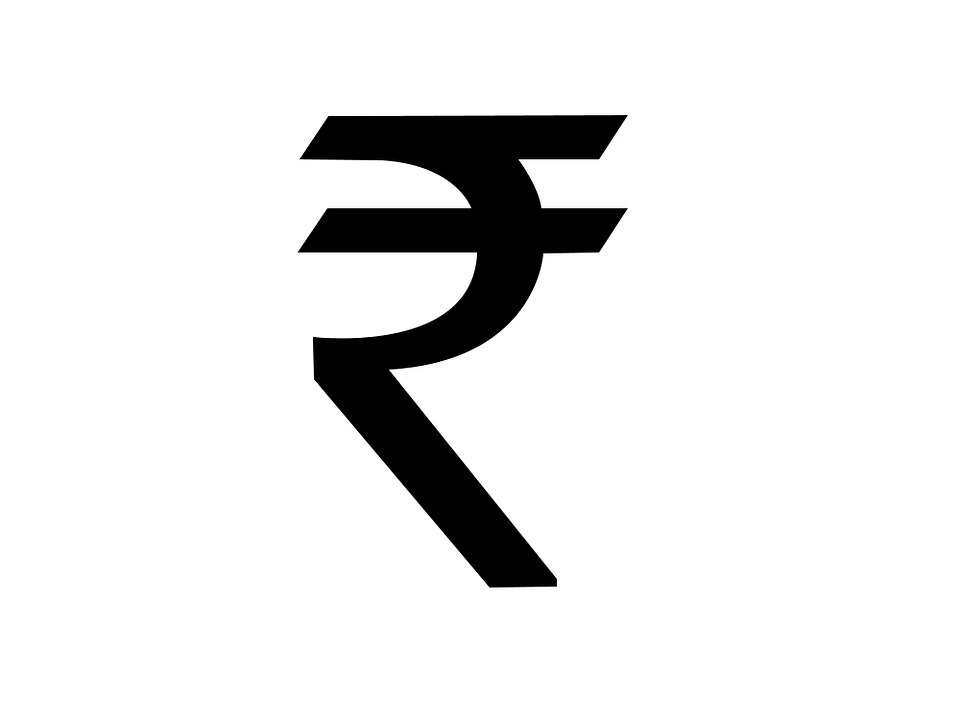
National Currency of India:
Indian Rupee is the national currency of India. It is the official currency used in Republic of India. The issuance of the Indian Rupee is controlled and governed by the Reserve Bank of India.
In the year 2012 new rupee symbol which was designed by D Uday Kumar was
officially accepted and adopted all over India. The word rupee is derived from
the Sanskrit word rupya. The symbol of the Indian currency is the combination
of Devangari consonant ‘ra’ and Latin capital letter ‘R’. The parallel lines at
the top of the symbol are an allusion to the Indian Flag.
National Fruit of India
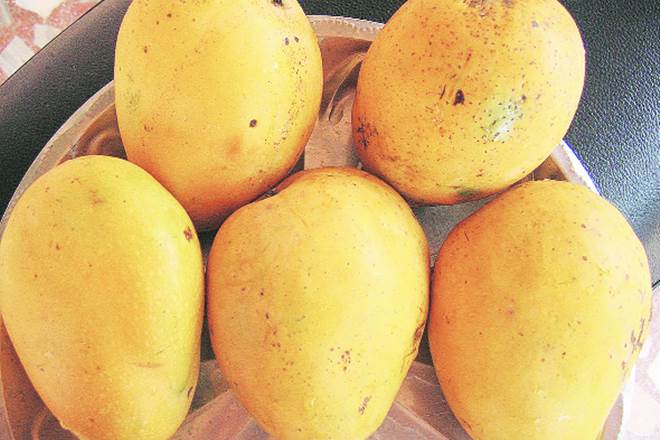
National fruit of India:
The tasty mango is the National fruit of India. It is a juicy fruit that are grown mostly in tropical countries. The biological name of the fruit is Mangifera indica. In India there are over 100 varieties of mangoes that are grown in different parts of the country.
It is a summer fruit which is rich in Vitamin A, C and D. The trees
are long lived and even a 300-year-old tree can bear fruits. The ripe fruits
vary in size, shape, taste and color and usually the ripe mangoes have orange
yellow peel with juicy taste.
National Calendar of India
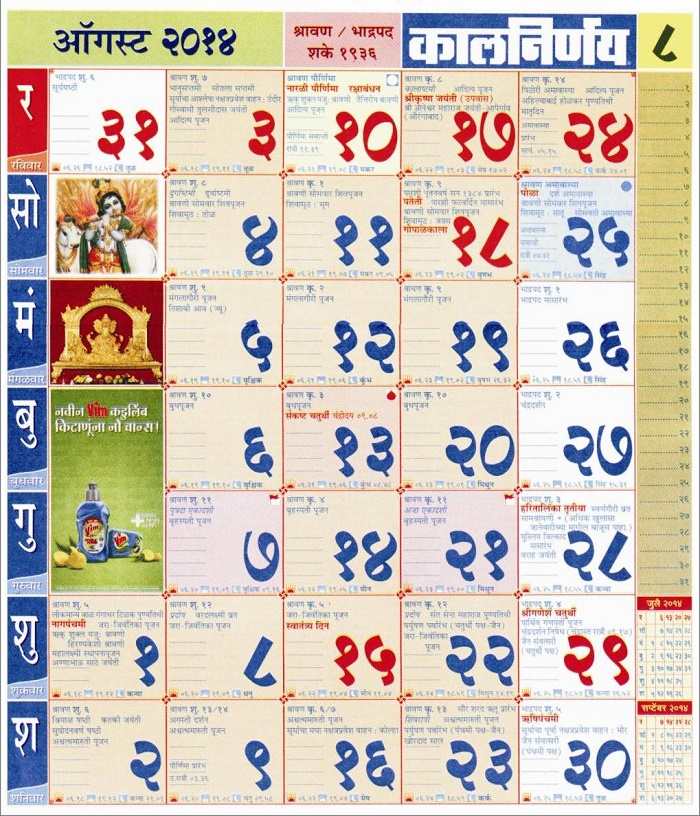
National calendar of India:
The Indian national calendar also known as Shalivahana Shaka Calendar is used along the side of the Gregorian calendar by the government of India. The national calendar was adopted by government of India on 22nd March 1957.
Like the Gregorian calendar
even the Hindu calendar consists of365 days and 12months. Chaitra Masa (masa is
month) is the beginning of the first month which starts in the month of March.
The Saka calendar has a deep-rooted history which is connected to Indian
culture. Learn more on the National calendar by clicking the link here.
National Game of India

National Game of India:
Hockey is considered as the
national game of India. Our country India has an excellent record of winning 8 Olympic
gold medals, one silver medal and two bronze medals in Hockey. It is a team
sport where two teams play against each other by trying to put the ball in the
opponent’s goal by using a hockey stick.
Update on coronavirus in India
Affiliate Disclosure:
If you make any purchase via a link on this site, I may receive a small commission with no added cost to you.
